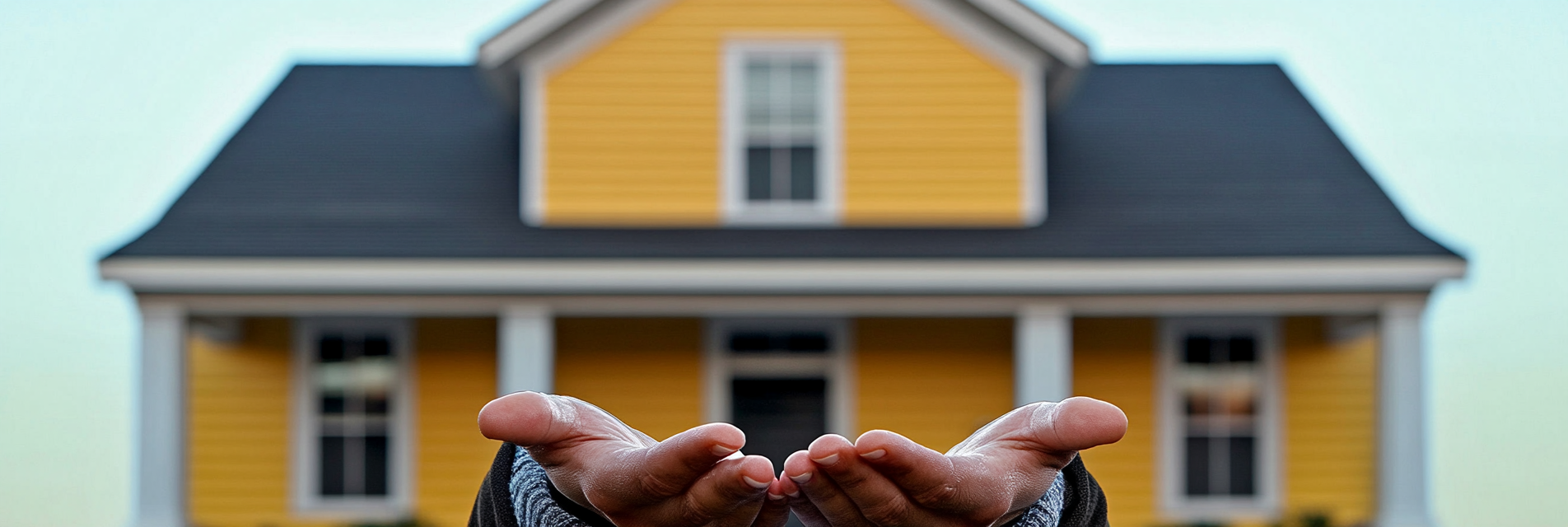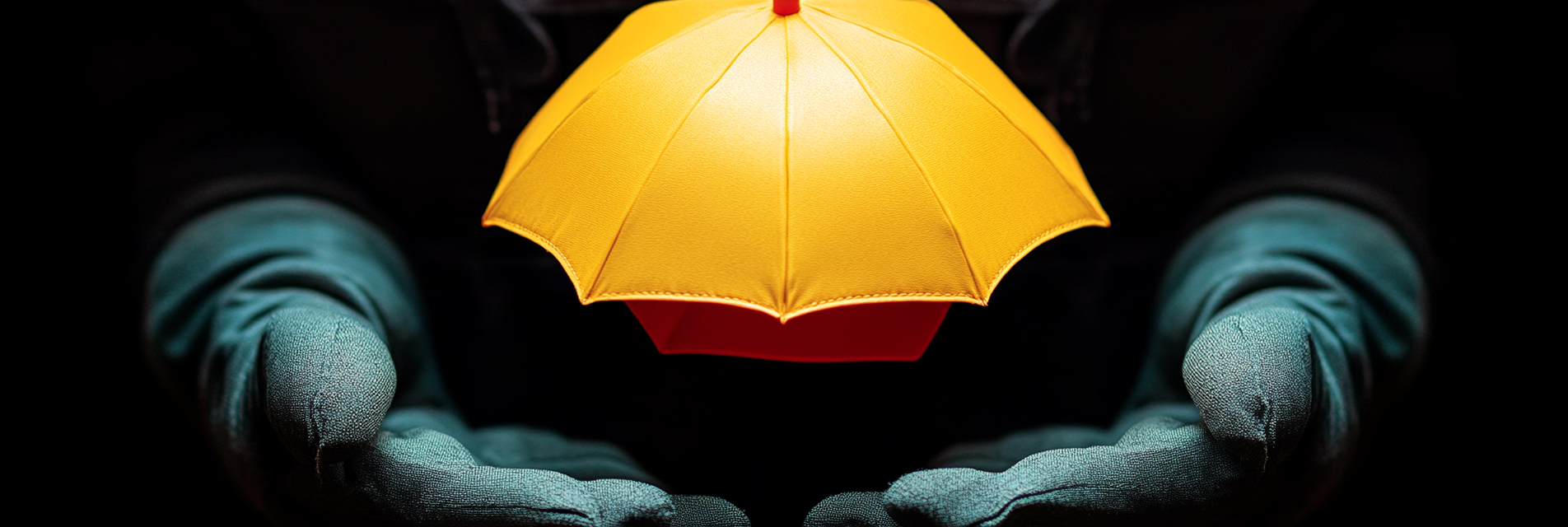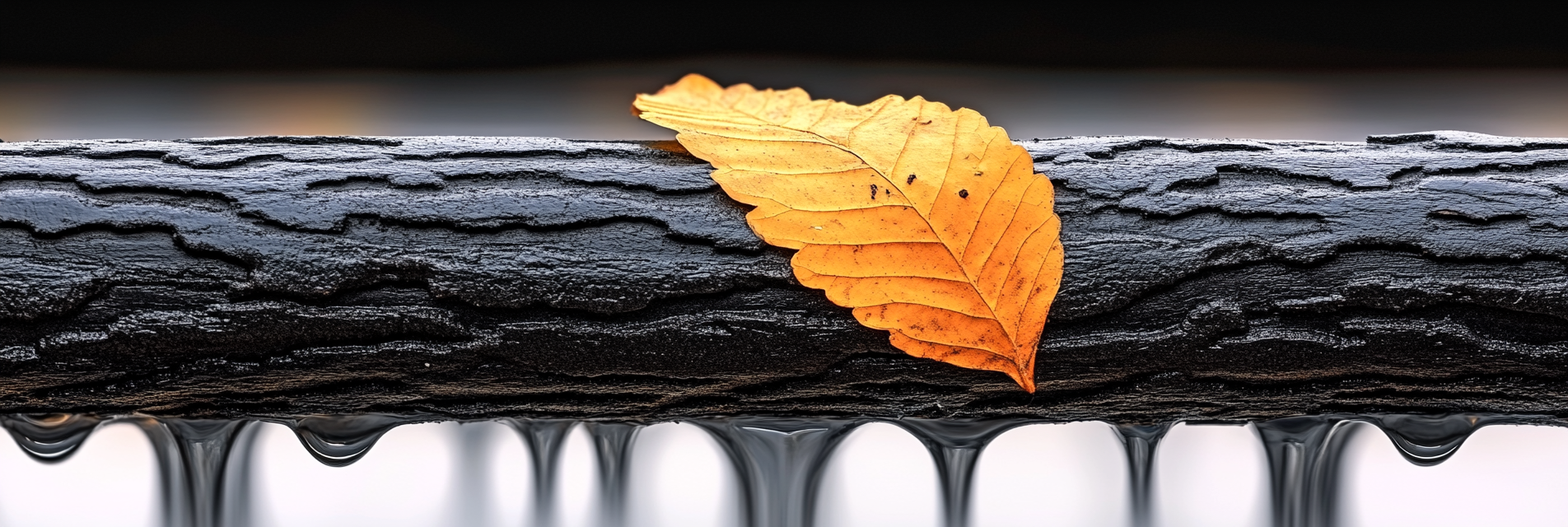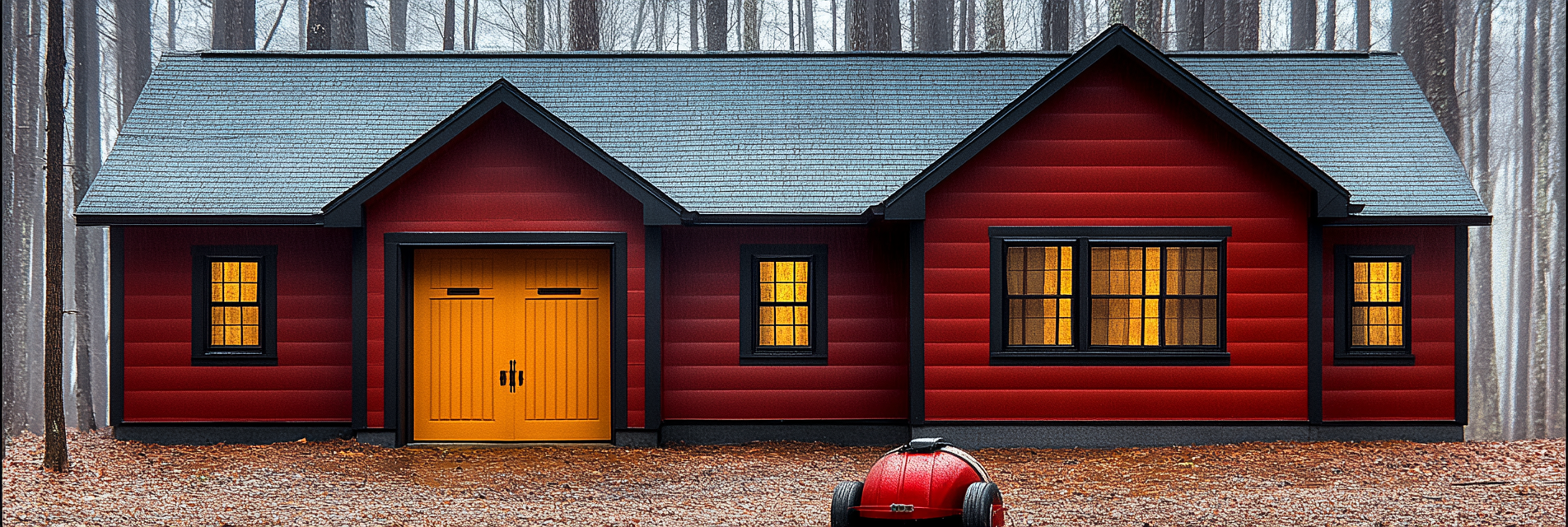Everyone who owns a home owns homeowner’s insurance. But what does it really cover? You may be surprised to find out what is not included in your standard home owner’s insurance policy. You can really be caught off guard when an event or accident happens – then it’s too late to learn about the exclusions in the policy. In this article, we’ll explain the common things that are included and not included in your standard home owner’s insurance policy, and we’ll include some supplemental protection that you may want to explore.
1. Common Inclusions
Most standard home insurance policies offer coverage for specific types of damage. Here are some common situations where you can expect protection (but obviously check your policy for details):
Covered Perils:
- Fire and Smoke Damage: Fire is one of the most commonly covered events. This includes damage caused by electrical fires, kitchen fires, and wildfires.
- Wind and Hail: Most policies cover damage from strong winds and hail. This is good considering we live in an area here in the Tri-Cities that is prone to wind storms.
- Theft and Vandalism: Standard policies generally include coverage for stolen property or vandalism damage.
- Water Damage from Burst Pipes: If a pipe bursts unexpectedly, your policy will likely cover the repairs you will have to pay for.
Typical Coverage Sections:
- Dwelling Coverage: Protects the structure of the house.
- Personal Property: Covers personal belongings like furniture, electronics, and clothing.
- Liability Protection: Provides coverage if someone is injured on your property and sues for damages.
2. What Isn’t Covered
Many homeowners think their insurance policy covers just about everything that can happen. The following are exclusions that typical policies do not cover.
Excluded Perils:
- Flood Damage: Flooding due to heavy rain, storm surges, or river overflow is not covered. Homeowners in flood-prone areas need also need flood insurance.
- Earthquake Damage: Earthquake-related damage is typically excluded and requires separate coverage.
- Mold Damage: Most do not cover mold damage unless it’s from a covered event, like a pipe that burst.
- Wear and Tear: Damage from normal aging and lack of maintenance is not covered.
- Acts of War: Damages resulting from acts of war or terrorism are excluded.
Important Tip: Always read your policy’s fine print or consult with your insurance agent. We recommend working with Adam Hoover of Country Financial (https://advisors.countryfinancial.com/usa/wa/kennewick/adam-hoover).
3. Supplementing Your Home Insurance Policy
If more protection is what you want, then ask your insurance company or agent about endorsements or supplemental policies.
Common Endorsements and Policies:
- Flood Insurance: Especially for those in high-risk flood zones.
- Earthquake Insurance: Definitely recommended for homeowners in seismically active areas.
- Sewer Backup Endorsement: Covers water damage because of backed-up sewers or drains. (No, your policy most likely does not cover this.)
- Valuable Items Coverage: For high-value items like jewelry and art, which may have limited coverage under standard policies.
4. Reviewing Your Policy
Regular policy reviews can help you identify gaps in your coverage and make adjustments before they become a problem. Check out this article we posted here: https://dryerfirefighters.com/reviewing-your-home-insurance-policy-annually-why-its-important-and-how-to-do-it/
Steps For Your Review:
- Assess Your Current Coverage: Check the declaration page of your policy for an overview of covered events and exclusions.
- Evaluate Your Home’s Risk Factors: Determine whether your home is at risk for specific disasters, like floods or earthquakes, that are not covered by standard policies.
- Discuss with Your Agent: Schedule an annual review with your insurance agent to assess if your coverage limits and endorsements meet your current needs.
5. Cost vs. Benefits
Purchasing additional insurance policies or endorsements will definitely increase your premiums, but the benefits often outweigh those costs if you’re in a high-risk area.
Conclusion
Understanding what your standard home insurance policy covers and does not cover is an important part of protecting your finances. Dryer Fire Fighters wants to encourage all home owners to know what their policy covers and to consider doing a review with their agent to ensure they have the coverage they need.
Serving the communities of:
Kennewick | Pasco | Richland | West Richland | Finley | Burbank | Benton City | Prosser | Grandview | Connell
As the sole certified dryer exhaust technician recognized by CSIA.org in the Tri-Cities area, Paul brings a wealth of expertise to fire prevention. His primary focus lies in addressing the root cause of many residential fires: lint buildup in dryer cavities and vents. Through rigorous inspections and thorough cleanings, Paul ensures that families and businesses can enjoy peace of mind, knowing their properties are safeguarded against fire risks.









































